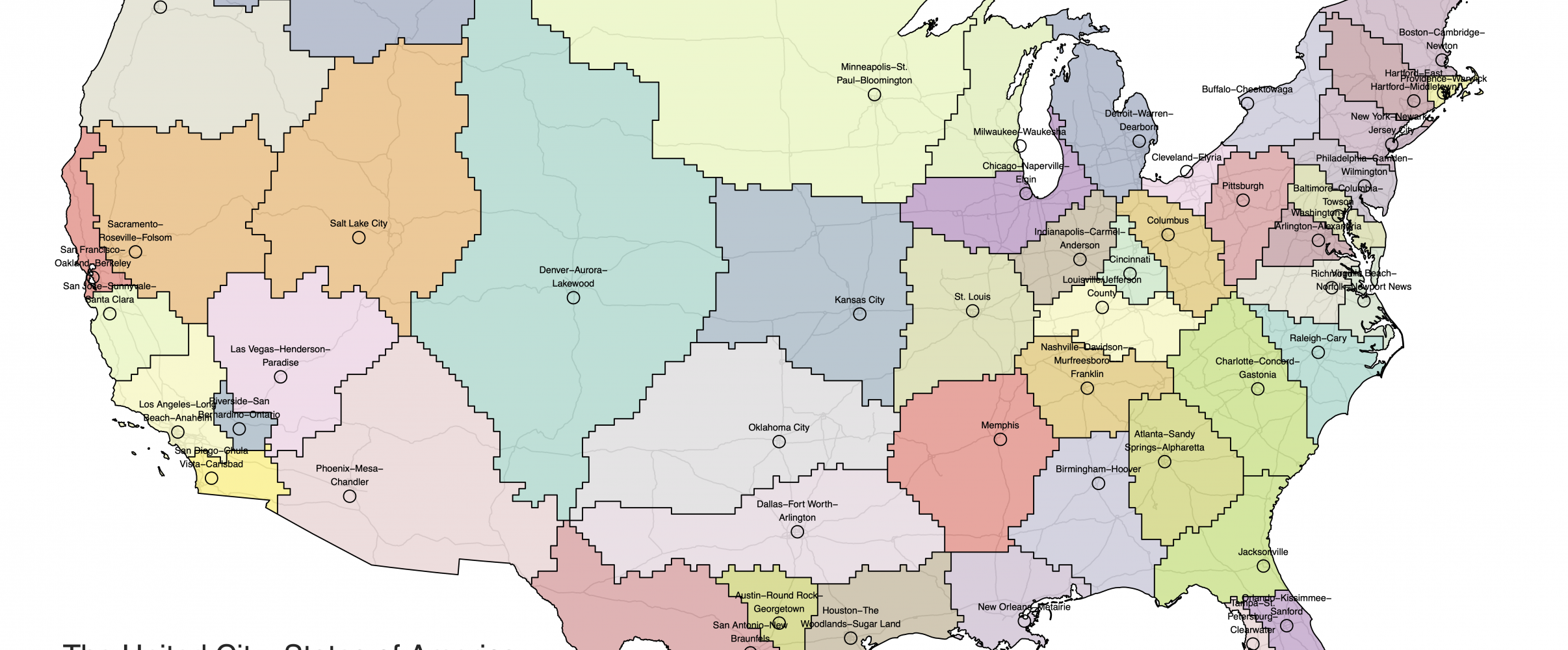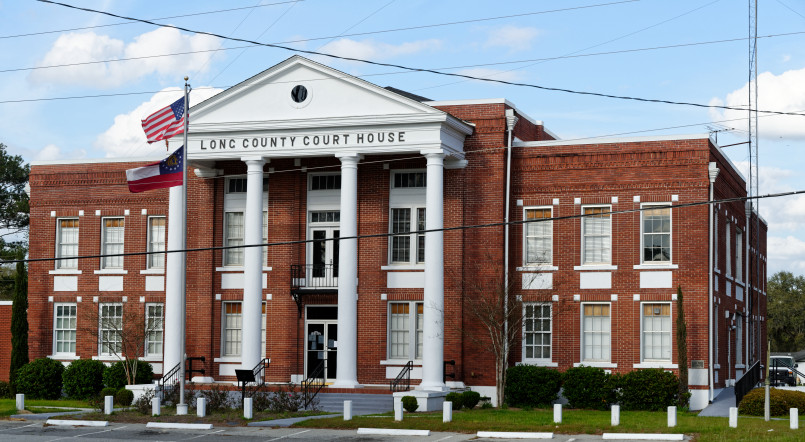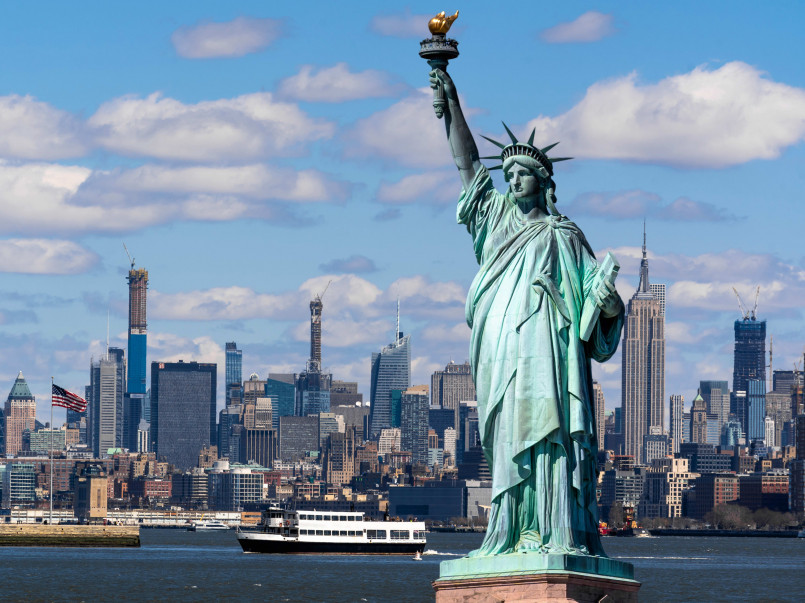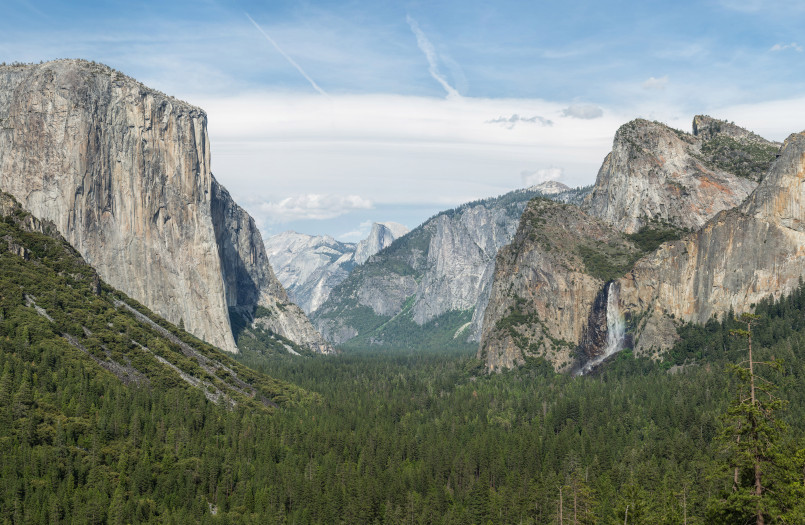Some US states are geographic connectors, sharing borders with numerous neighbors that facilitate commerce, culture, and transportation. From Tennessee and Missouri's impressive eight borders to island states with none, these connections shape regional dynamics in fascinating ways.
The United States' internal geography creates a fascinating patchwork of state borders that influences everything from commerce and culture to politics and regional identity. While some states are tucked away with just one or two neighbors, others serve as geographic crossroads, sharing borders with numerous adjacent states. These multi-border states often function as crucial connectors between different regions of the country.
Understanding which states touch the most neighbors isn't just geographic trivia-it reveals important insights about transportation networks, cultural exchanges, and economic opportunities that arise from these connections. Let's explore the complete ranking of US states by the number of neighboring states they touch, and what these connections mean.
Complete Ranking: States With The Most Neighbors
Here's the definitive ranking of US states by the number of bordering neighbors:
- 8 borders: Tennessee, Missouri
- 7 borders: Kentucky, Virginia
- 6 borders: Colorado, Idaho, New Mexico, Utah
- 5 borders: Arkansas, Illinois, Iowa, Kansas, Nebraska, Oklahoma, Pennsylvania, South Dakota, Wyoming
- 4 borders: Alabama, Arizona, Georgia, Indiana, Michigan, Minnesota, Mississippi, Montana, New York, North Carolina, North Dakota, Ohio, Oregon, South Carolina, Texas, West Virginia, Wisconsin
- 3 borders: California, Delaware, Florida, Louisiana, Maryland, Massachusetts, Nevada, New Hampshire, New Jersey, Vermont, Washington
- 2 borders: Connecticut, Maine, Rhode Island
- 1 border: Alaska (with Canada)
- 0 borders: Hawaii
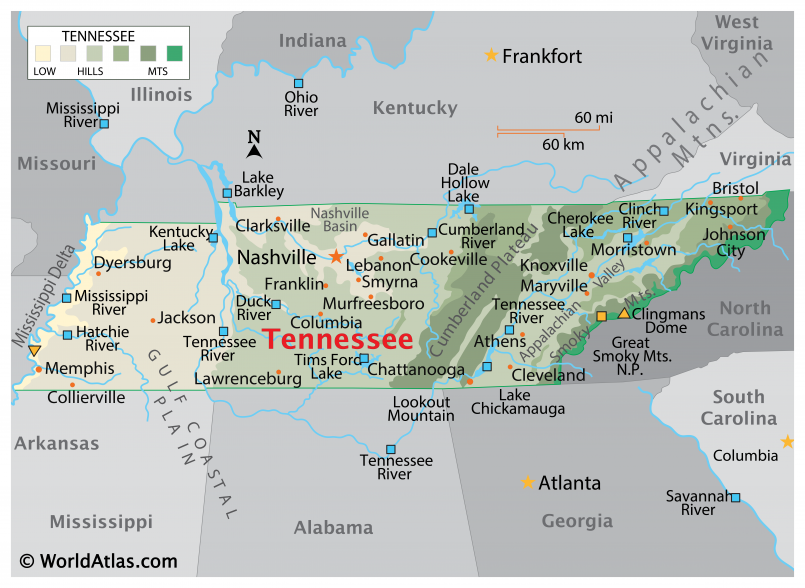
Tennessee and Missouri: The Eight-Border Champions
Tennessee and Missouri share the distinction of bordering more states than any other, with eight neighbors each. This gives them unique strategic and cultural positions in American geography.
Tennessee borders:
- Kentucky (north)
- Virginia (northeast)
- North Carolina (east)
- Georgia (southeast)
- Alabama (south)
- Mississippi (southwest)
- Arkansas (west)
- Missouri (northwest)
Missouri borders:
- Iowa (north)
- Illinois (east)
- Kentucky (southeast)
- Tennessee (southeast)
- Arkansas (south)
- Oklahoma (southwest)
- Kansas (west)
- Nebraska (northwest)
This high number of neighbors has made both states important transportation hubs throughout American history. Tennessee's central location in the southeastern United States makes it a critical connector between the Deep South, Appalachia, and the Midwest. Missouri similarly bridges the Midwest, South, and Great Plains regions.
The Seven-Border States: Kentucky and Virginia
Just behind the eight-border champions are Kentucky and Virginia, each sharing borders with seven neighboring states.
Kentucky borders:
- Indiana (northwest)
- Ohio (northeast)
- West Virginia (east)
- Virginia (southeast)
- Tennessee (south)
- Missouri (southwest)
- Illinois (west)
Virginia borders:
- Maryland (northeast)
- West Virginia (north and west)
- Kentucky (northwest)
- Tennessee (southwest)
- North Carolina (south)
- District of Columbia (northeast, not technically a state)
- Delaware (touches at a single point in the Chesapeake Bay)
Virginia's position as one of the original 13 colonies and its location at the intersection of the South, Mid-Atlantic, and Appalachian regions has made it historically significant. Kentucky's central position between the Midwest and South gives it a unique cultural blend of both regions.
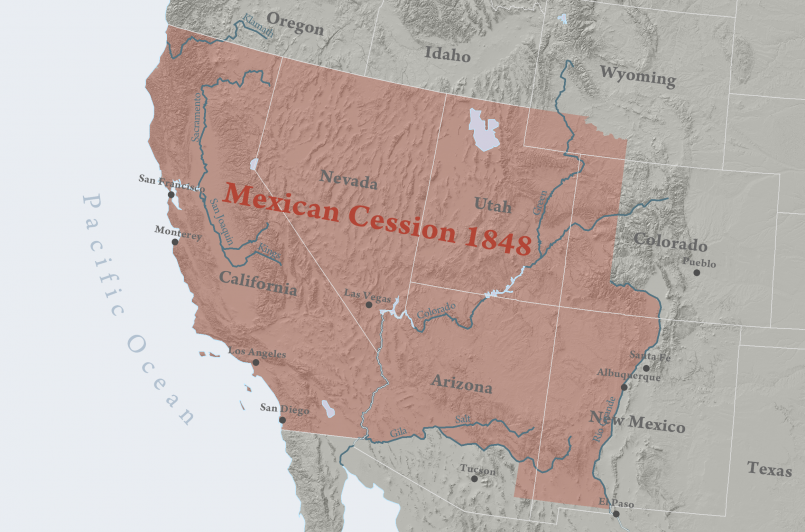
The Six-Border Club: Colorado, Idaho, New Mexico, and Utah
Four western states each border six neighbors, creating crucial crossroads in the mountain west and southwest regions:
Colorado borders Wyoming, Nebraska, Kansas, Oklahoma, New Mexico, Utah, and shares a famous "Four Corners" point with Arizona, New Mexico, and Utah where four states meet at a single point-the only such occurrence in the United States.
Utah borders Idaho, Wyoming, Colorado, New Mexico (at Four Corners), Arizona, and Nevada. Its central position in the Mountain West has made it a hub for both transportation and outdoor recreation.
New Mexico borders Colorado, Oklahoma, Texas, Mexico (international border), Arizona, and Utah (at Four Corners).
Idaho borders Washington, Oregon, Nevada, Utah, Wyoming, and Montana, serving as an important connector between the Pacific Northwest and Rocky Mountain states.
Geographic Advantages of Multiple Borders
States with numerous neighbors often enjoy several distinct advantages:
- Economic opportunities: Multiple borders typically mean more trade routes, business partnerships across state lines, and diverse regional markets to tap into.
- Transportation networks: These states often develop extensive highway systems, rail connections, and sometimes river transportation options to facilitate movement between regions.
- Cultural diversity: Border states absorb influences from multiple regional cultures, creating unique blended traditions in food, music, dialect, and customs.
- Tourism potential: Being accessible from many directions can boost tourism, especially when the state serves as a convenient stopping point for travelers moving between regions.
For example, Tennessee benefits from being both a gateway to the Deep South and an extension of Appalachia, while incorporating Midwestern influences in its western portions. This positioning has contributed to Nashville's growth as both a cultural center and transportation hub.
Interesting Facts About US State Borders
The boundaries between US states have fascinating stories and quirks:
- The Mason-Dixon Line forming part of Pennsylvania's southern border with Maryland, Delaware, and West Virginia became historically significant as the cultural boundary between the North and South.
- Tennessee's southern border was supposed to follow the 35th parallel but was surveyed incorrectly, creating a border that doesn't follow the intended straight line.
- Michigan includes the Upper Peninsula, which doesn't touch the main part of the state but was given to Michigan as compensation for a border dispute with Ohio (the "Toledo War").
- Kentucky's bizarre western border follows the meandering Mississippi River before it was redirected, creating the "Kentucky Bend"-a small piece of Kentucky completely surrounded by Missouri and Tennessee.
- Four states (Arizona, Colorado, New Mexico, and Utah) meet at the exact same point at Four Corners Monument, allowing visitors to be in four states simultaneously.
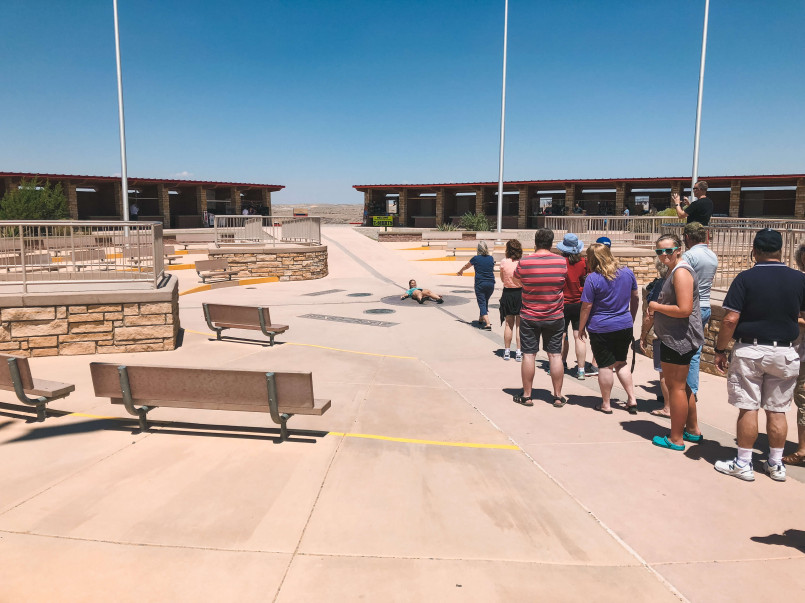
States With The Fewest Neighbors
At the opposite end of the spectrum are states with few neighbors:
Hawaii has zero state borders, being completely surrounded by the Pacific Ocean. This isolation has contributed to its unique culture and ecosystems.
Alaska borders only Canada, making it the only state with just one neighboring entity (though it's an international rather than state border).
Maine, Rhode Island, and Connecticut each have only two neighboring states, largely due to their coastal positions in the relatively small New England region.
The geographic isolation of states with few neighbors has often led to distinct cultural development and, in cases like Hawaii and Alaska, preservation of indigenous cultures and languages that might otherwise have faced greater external influences.
Frequently Asked Questions About 8 States That Share Borders With The Most Neighbors: Rankings & Facts
Which US states share borders with the most other states?
Tennessee and Missouri each border eight other states, making them the US states with the most neighbors. They're followed by Kentucky and Virginia with seven neighbors each, then Colorado, Idaho, New Mexico, and Utah with six neighbors each.
What are the benefits of a state having many neighboring states?
States with many neighbors often enjoy advantages in trade, transportation networks, cultural exchange, and tourism. They typically develop into transportation hubs with major interstate highways, serve as cultural crossroads where regional influences blend, and have diverse economic partnerships with surrounding regions.
Which US states have the fewest neighboring states?
Hawaii has zero neighboring states as an island state. Alaska has only one neighbor (Canada, not another state). Maine, Connecticut, and Rhode Island each have only two neighboring states, largely due to their positions on the Atlantic coast.
Where is the Four Corners and what makes it unique?
The Four Corners is the only point in the United States where four states (Arizona, Colorado, New Mexico, and Utah) meet at a single point. It's marked by the Four Corners Monument where visitors can physically be in four states simultaneously.
Has climate or geography affected how many neighbors states have?
Absolutely. Coastal states typically have fewer neighbors due to ocean boundaries. Mountain ranges and rivers often form natural borders. States in the central continental US typically have more neighbors because they're surrounded by land on all sides without major geographic barriers.
Do any states share only a single point with another state?
Yes. Virginia and Delaware technically border each other at a single point in the Chesapeake Bay. Also, at Four Corners, each of the four states (Arizona, Colorado, New Mexico, and Utah) meets its diagonal neighbor at just a single point.
